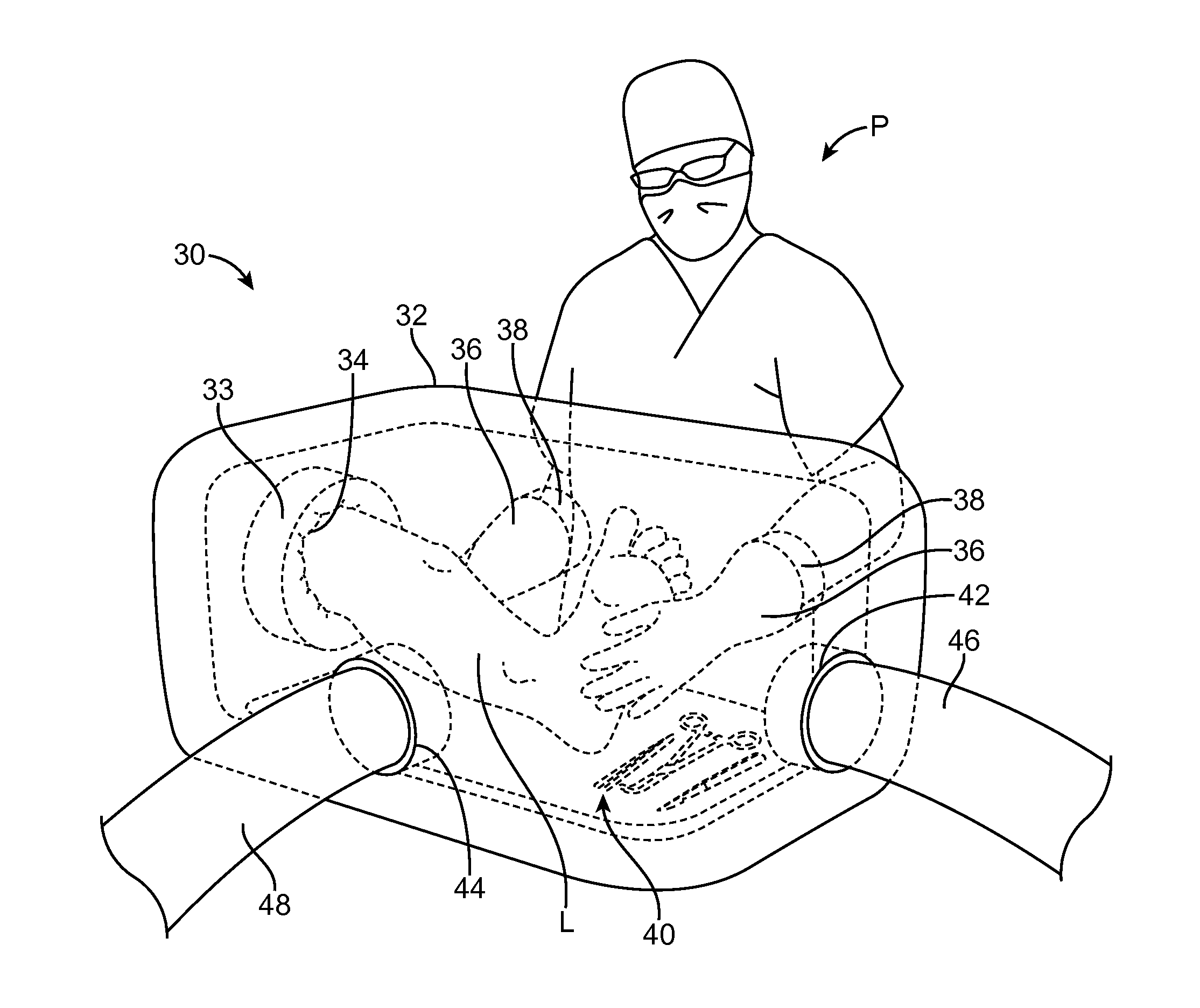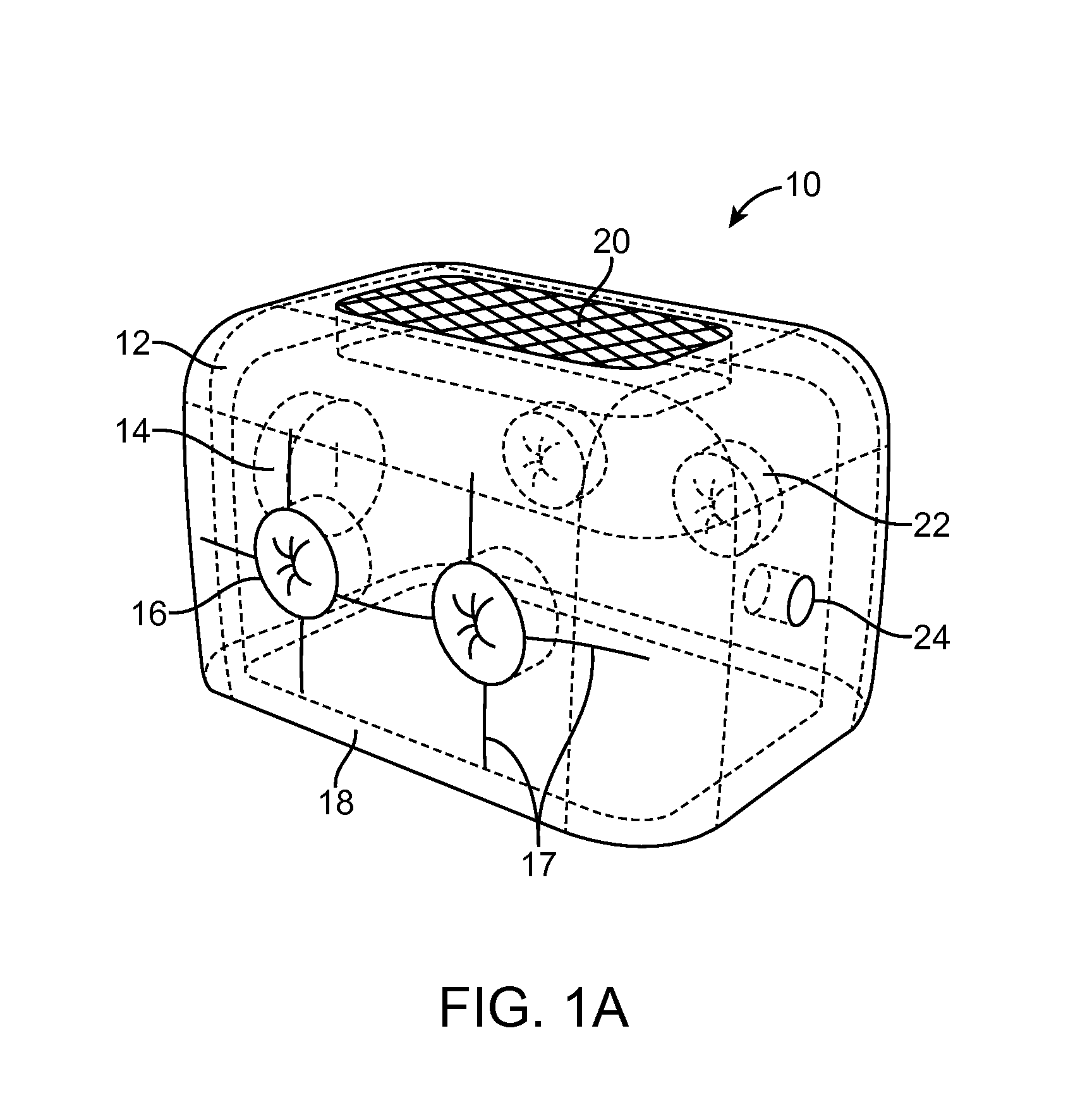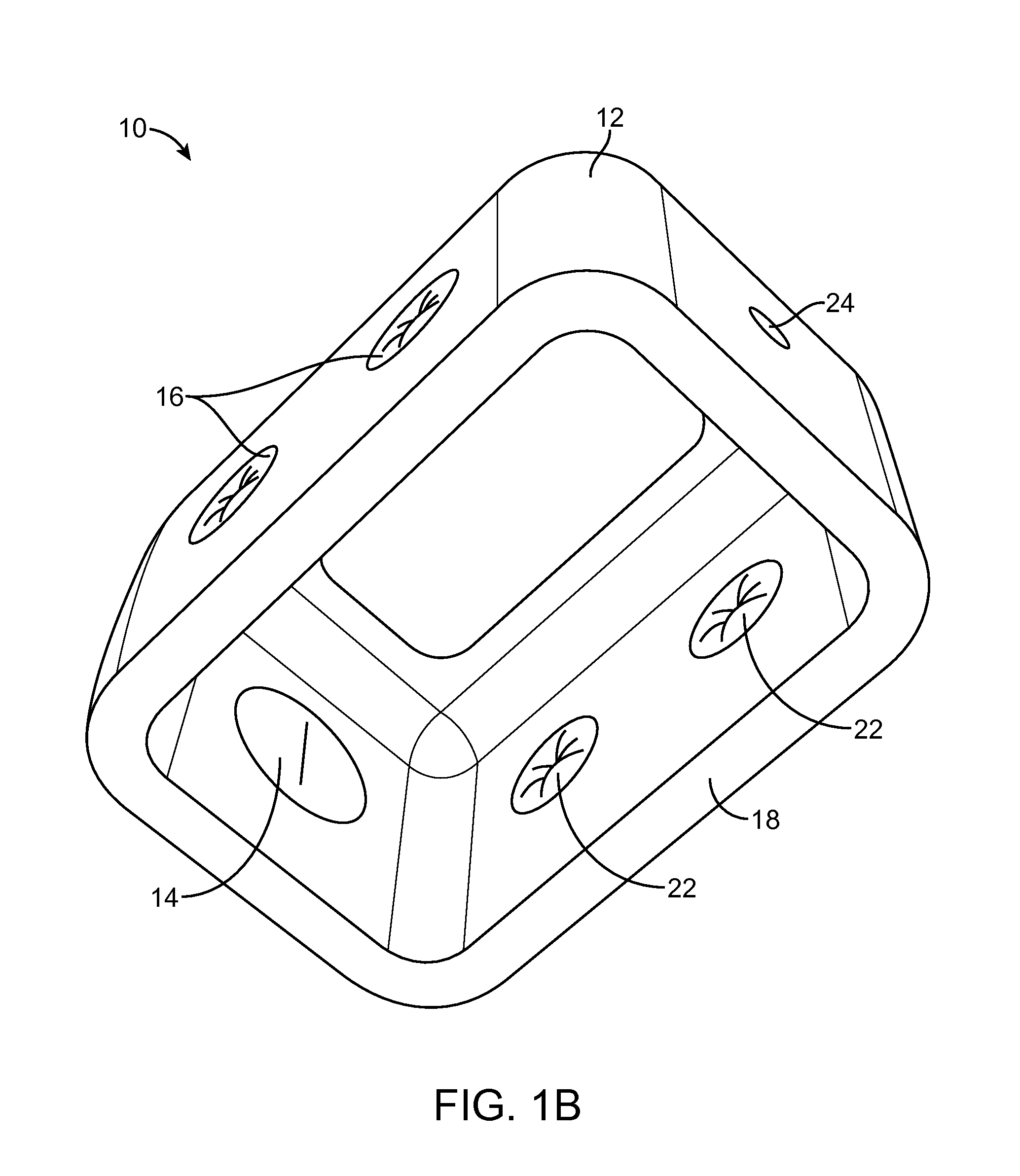System and method for performing surgical procedures
a surgical procedure and surgical system technology, applied in the field of systems and surgical procedures, can solve the problems of increasing infection rates, surgical site infections still occur, and prone to infection, so as to facilitate the surgical procedure, prevent or reduce any outside bacterial contamination, and achieve sufficient visualization
- Summary
- Abstract
- Description
- Claims
- Application Information
AI Technical Summary
Benefits of technology
Problems solved by technology
Method used
Image
Examples
Embodiment Construction
[0036]The following description explains details of several different embodiments of a method and system for performing medical or surgical procedures in a surgical environment enclosure. The enclosure systems described herein are generally smaller and less expensive to build and use than currently available operating rooms. In some cases, in fact, the enclosure systems are significantly smaller than a conventional operating room and define a space in which a portion of a patient's body can be operated on by a physician in a confined environment under sterile or relatively clean, germ free conditions, at a fraction of the cost of building and / or maintaining an operating room. Such embodiments may be used to perform medical or surgical procedures in any of a number of locations, such as but not limited to a physician's office or treatment room, an emergency room, a treatment room in a hospital that is not certified as an operating room, a remote location, a field location such as a b...
PUM
 Login to View More
Login to View More Abstract
Description
Claims
Application Information
 Login to View More
Login to View More - R&D
- Intellectual Property
- Life Sciences
- Materials
- Tech Scout
- Unparalleled Data Quality
- Higher Quality Content
- 60% Fewer Hallucinations
Browse by: Latest US Patents, China's latest patents, Technical Efficacy Thesaurus, Application Domain, Technology Topic, Popular Technical Reports.
© 2025 PatSnap. All rights reserved.Legal|Privacy policy|Modern Slavery Act Transparency Statement|Sitemap|About US| Contact US: help@patsnap.com



